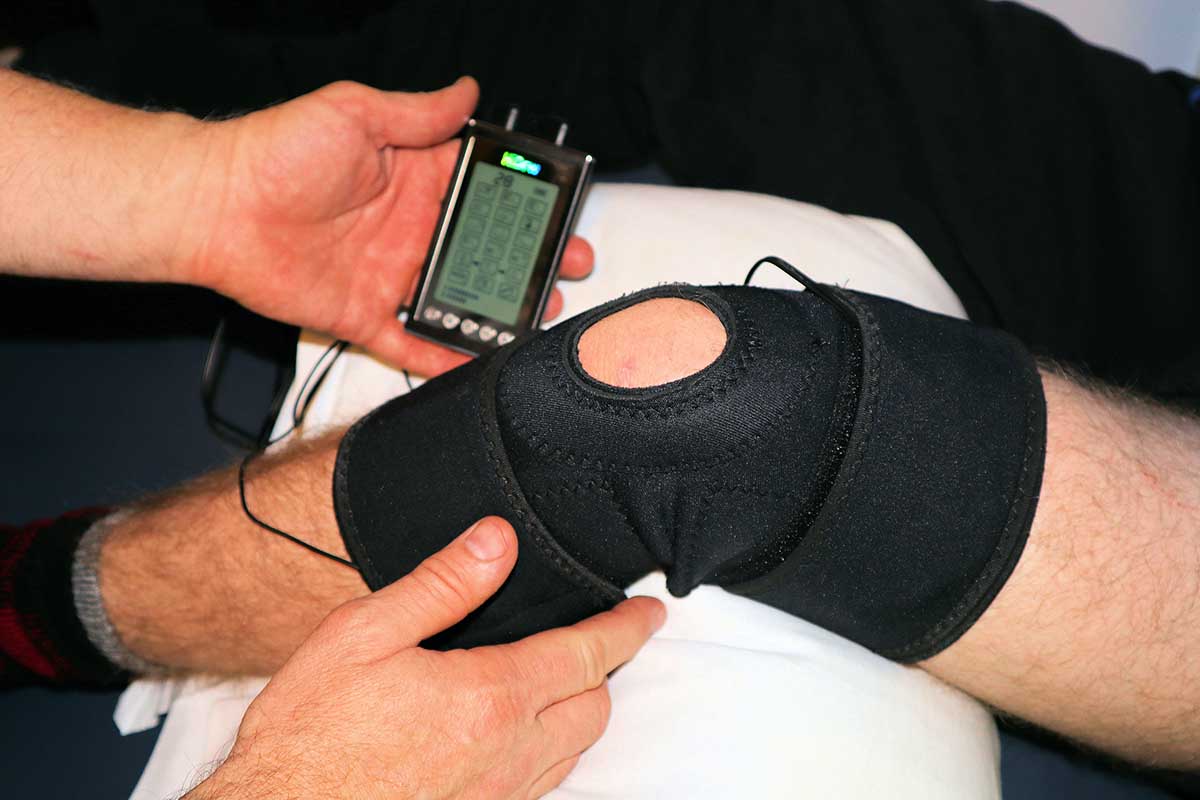How to Create a Mobile Friendly Business In 2026
Twenty years ago, no one would have predicted that most people would access websites via their cell phones someday.
No one even understood a smartphone, save possibly Steve Jobs, who had it all planned out on paper.
Things began to shift after the introduction of the first iPhone in 2007.
Today, more people visit their websites on mobile devices than on desktop computers.
This is why everyone, including yourself, must ensure that your website is mobile-friendly.
Gambling expert Péter Deli (read more about him) discusses ways to make your business user and mobile-friendly in 2026.
What Does It Mean to Have a Mobile-Friendly Website?
Let’s say you have seen the popularity of online rulett Magyar sites, particularly the casino life in Budapest.
You have decided to build an online roulette Magyar site and wish to make it mobile-friendly.
Then the first step would be to understand the meaning of the term “mobile-friendly.”
Responsive design means that the site will fill the screen and present information clearly no matter how big the screen is — phones, watches, tablets, and desktops will all offer a comfortable viewing experience.
A mobile-friendly website is optimized for use on mobile devices such as smartphones and tablets.
This implies that your rulett jákét site’s design has been adjusted to fit smaller displays, ensuring that every piece is visible and polished on any mobile device.
A mobile-friendly site must also load fast because it is mostly accessed over 3G or 4G networks rather than fast local home WiFi.
How to Optimize Your Site for Mobile Users
Now that the definition of responsive mobile-friendliness is clear let’s move on to the practical steps to optimize your online rulett jákét site for mobile visitors.
Design
What other design aspects should you include in your mobile-first site designs outside the obvious responsive design?
- Prioritization: The available display area on mobile devices is restricted.
Furthermore, mobile screens offer material in a vertical format instead of desktop screens, with a considerably broader horizontal layout.
What are the most important aspects for users to see? How simple is it for a mobile user to see CTA buttons if they exist?
- Content and Color: You can do some cool things with mobile design, but not in the same way that you can with desktop design. As a result, content should take precedence. Make sure the content elements are easy to read and navigate.
Distracting graphic features are significantly less forgiving on a mobile device.
- Navigation: You can’t just click anywhere on a mobile device to return to the homepage. Unless, of course, you plan ahead of time for this sort of navigation. You should, too. When feasible, use Scroll-to-Top widgets, as well as smooth, sticky headers.
Resource Optimization
Visual components such as photographs, graphics, symbols, and videos require the most bandwidth on websites.
- Resize: When possible, give full-size photographs as alternate links. Depending on the proportions you need, resizing might save you up to 80% of the overall picture size. However, on mobile screens, there’s no reason to go above 600-700px at most.
- Compression: Image compression/optimization reduces the number of colors in an image using third-party software. This may be done to the point where your photographs retain their inherent quality while significantly reducing their file size.
- File Formats: The file formats PNG and JPEG are well-known. They are, after all, the web’s de facto image standards – but not for much longer. WebP and SVG file formats are the latest and finest in digital image delivery technology.
Preloading and Lazy Loading
Is it essential to load all media resources on sites that take a long time to read? Is it also possible to display external sites before visitors view them?
Preloaders are methods for a page to inform the browser about possible navigation options.
On the other hand, lazy loading instructs the browser to load (render) material that is only visible inside the user’s viewport.
As a result, if a website contains size-sensitive pictures or videos, those assets will only appear when your browser screen reaches that section of the site.
Additional Elements
- Break up your written content into readable paragraphs.
- Add accessible, simple forms of queries, memberships, and contact.
- Remove popups.
- Provide a search button that loads results in a clean format.
How to Create a Mobile Friendly Business In 2021: Conclusion
Once your site is live, remember to keep testing and adding upgrades to maintain the optimization.
When you design on the spur of the moment, you don’t think about the long-term consequences of your choices.
On the other hand, a thoughtful approach allows you to design with mobile consumers in mind from the bottom up.




















